Categories
- Argentina
- Chile
- Antarctica
- Easter Island
- Falklands (Malvinas)
- Bolivia
- Peru
- Uruguay
- Paraguay
- Brazil
- Venezuela
- Colombia
- Ecuador
- Galapagos
- Panama
- Costa Rica
- Cuba
- Nicaragua
- Honduras
- El Salvador
- Guatemala
- Belize
- Mexico
- Latin American Xmas
Pages
- Street Art of Buenos Aires
- A week in Buenos Aires
- The Jesuit Missions in South America
- Contact Us
- Map of Central America
- First week in Latin America – October 2009
- Home Page
- Map of South America
Archives
- October 2011 (3)
- September 2011 (9)
- August 2011 (10)
- July 2011 (7)
- June 2011 (6)
- May 2011 (11)
- April 2011 (10)
- March 2011 (4)
- February 2011 (5)
- January 2011 (6)
- December 2010 (6)
- November 2010 (4)
- October 2010 (8)
- September 2010 (5)
- August 2010 (7)
- July 2010 (5)
- June 2010 (6)
- May 2010 (6)
- April 2010 (7)
- March 2010 (6)
- February 2010 (9)
- January 2010 (4)
- December 2009 (8)
- November 2009 (5)
- October 2009 (2)
Colonial Villages
15th December 2010
Leaving the coast behind we headed south to visit some of Colombia´s colonial hill towns.
.
San Juan de Girón[3], founded in 1631, has a central plaza surrounded by blindingly white buildings trimmed with dark wooden doors, windows and balconies. In the evening a religious procession proceeded around the brightly lit plaza which was decorated for Christmas; many families were out enjoying themselves. We watched from the sidelines while sipping a beer from a nearby shop and snacking on grilled corn and meat from a street vendor.
.
The much quieter Barichara (population 7500) [4] has kept its colonial charm. There are no modern buildings. The streets are paved with stone; the whitewashed walls have a splash of colour that matches the doors and windows. A pleasant way to visit the tiny, nearby village of Guane is by foot along the pre-Hispanic Camino Real, a footpath that once joined the indigenous villages. As we walked we enjoyed views of the surrounding mountains whilst listening to the birds and following the butterflies.
.
Tunja [5], lying in a lush green valley at 2800 meters, was an enjoyable stopover. There are some elegant mansions from the Spanish days, a large Plaza and 8 churches built in the Spanish Mudéjar (Islamic influenced) style around the historic centre.
.
A short bus ride away and 700 meters lower is the postcard perfect colonial village of Villa de Leyva [6], founded in 1572. We hired bikes to ride to the fossil of a Kronosaurus (a giant prehistoric croc) and an ancient Muisca people ceremonial site of phallic stones and cylindrical stone monoliths which functioned as a solar observatory. In the surrounding hills is the Convento del Santo Ecce Homo (founded 1620).
.
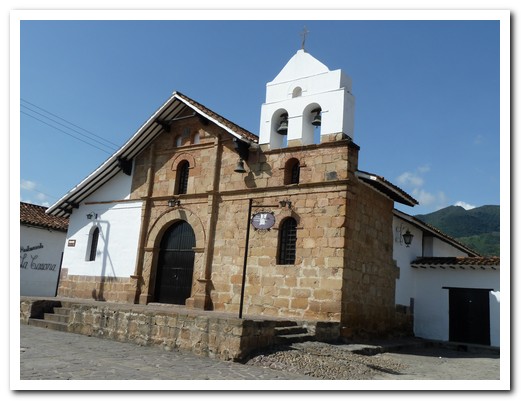
Old church at Girón
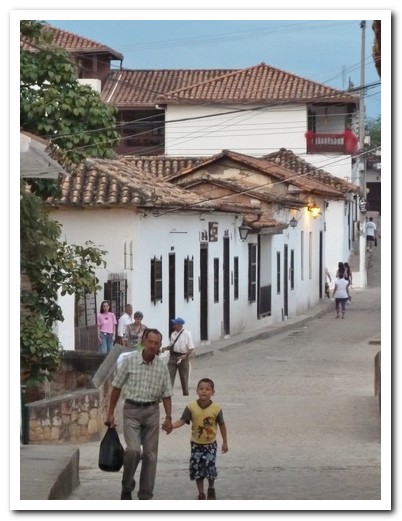
Dazzling white buidings ...

... of Girón
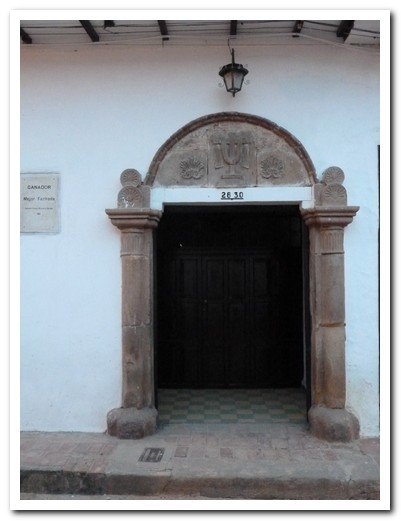
Doorway
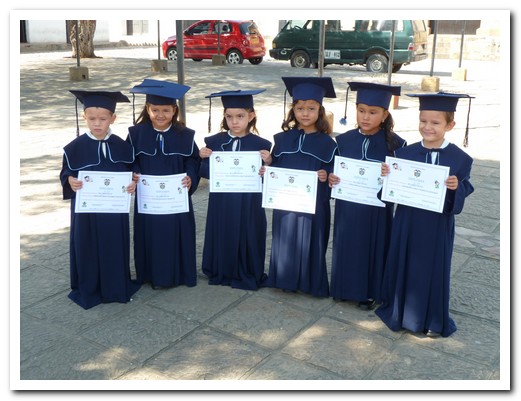
Graduating from kindergarten
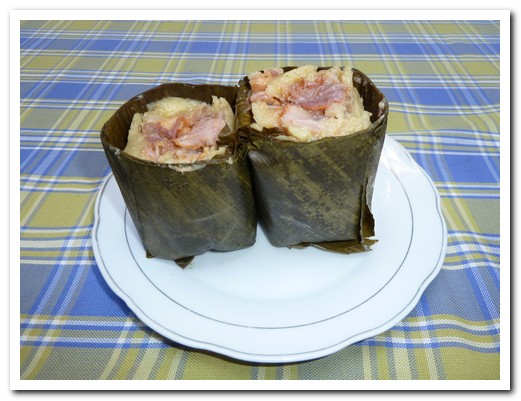
Breakfast tamales
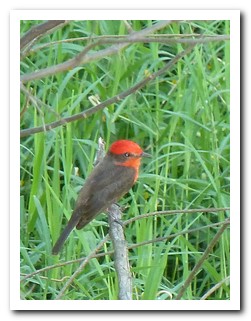
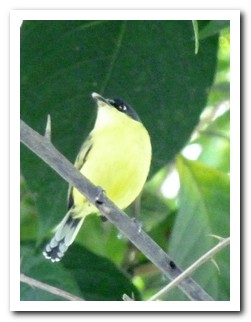
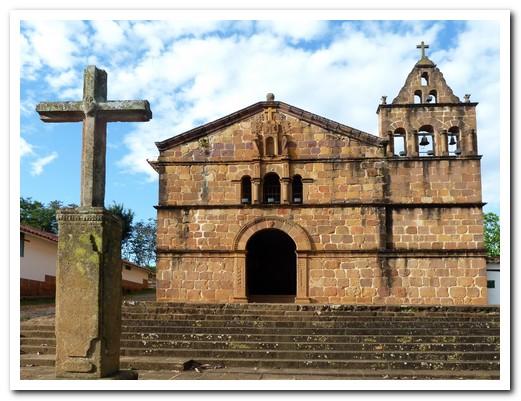
Barichara Church
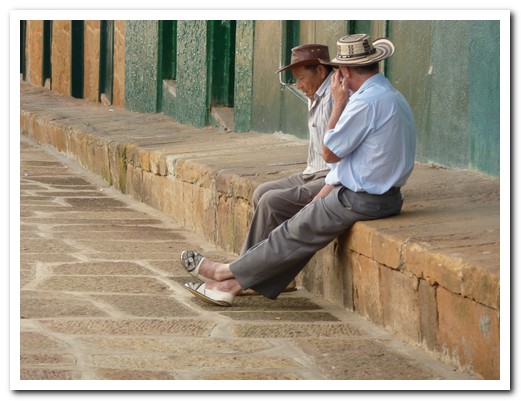
Typical hats and slippers of this region
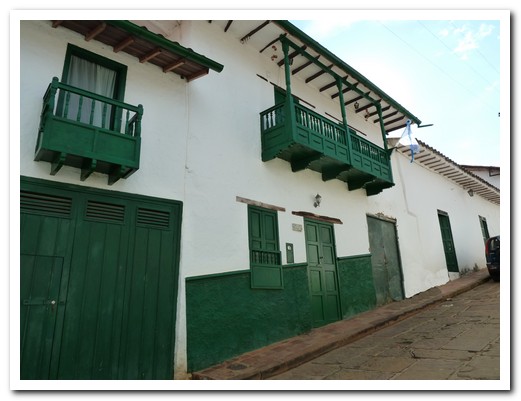
Houses in Barichara
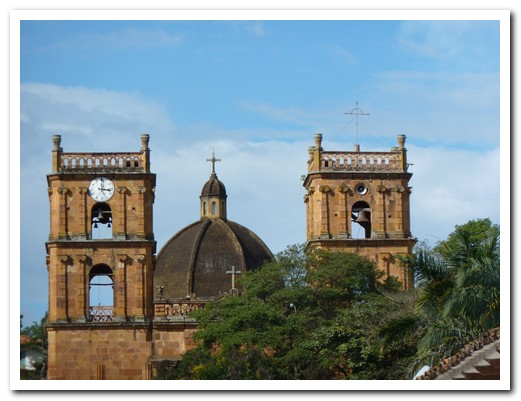
Barichara Cathedral
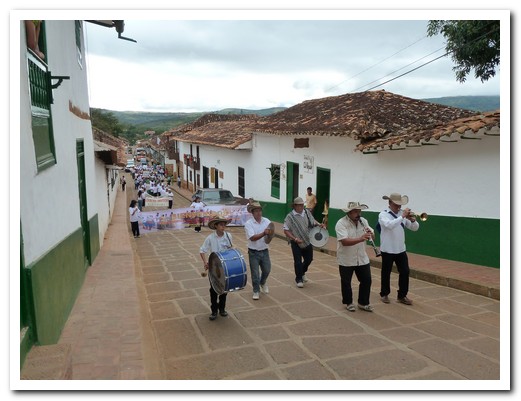
Barichara´s senior citizens march up the hill (followed by ambulance)
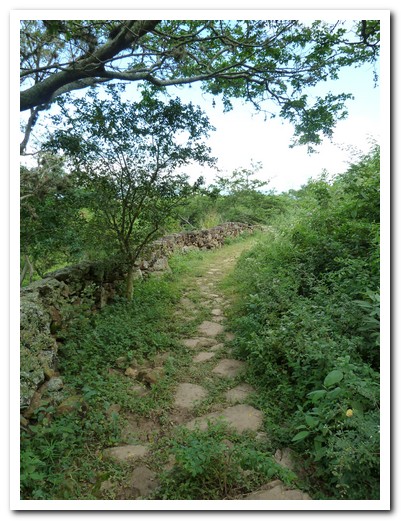
Camino Real
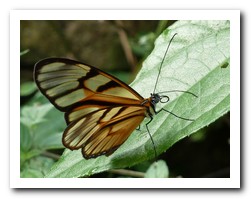 |
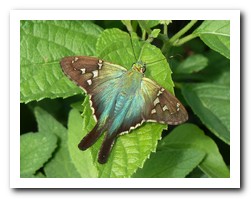 |
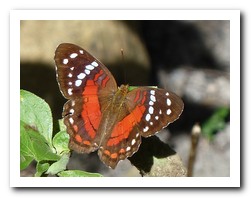 |
 |
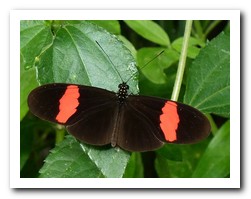 |
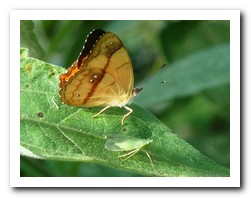 |
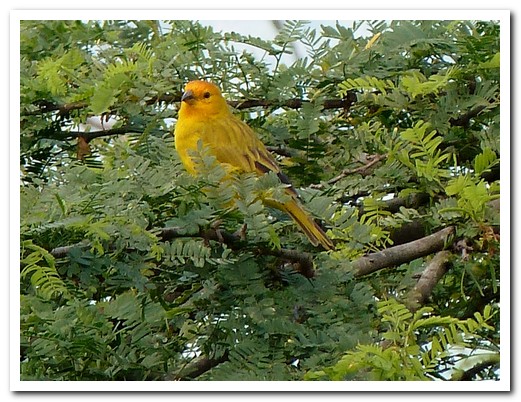
Bird singing on Camino Real
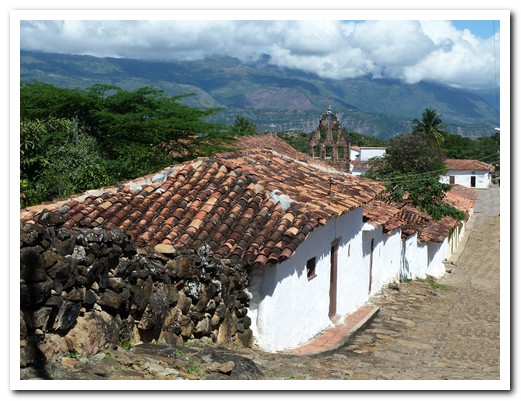
The village of Guane
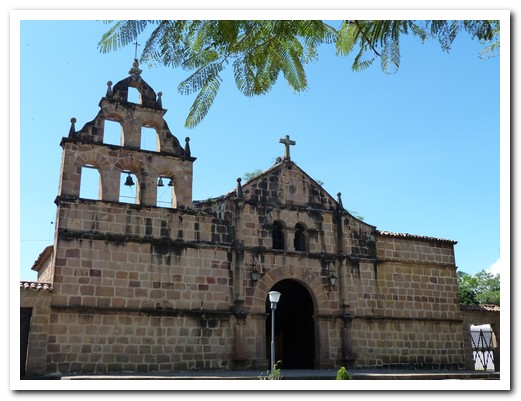
Guane Church
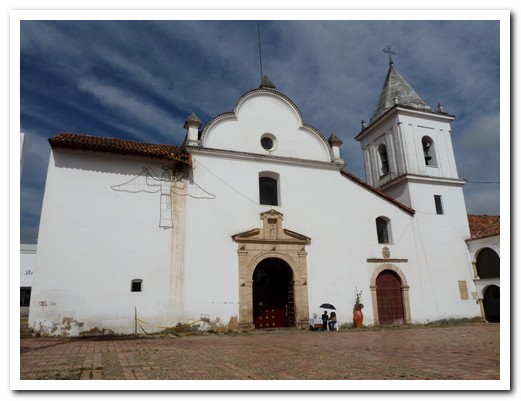
One of Tunja´s churches in the Mudéjar style

Doorway
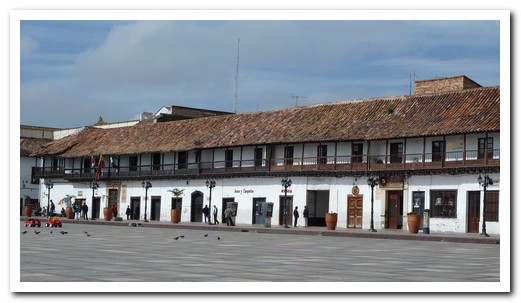
Plaza Bolivar - Tunja
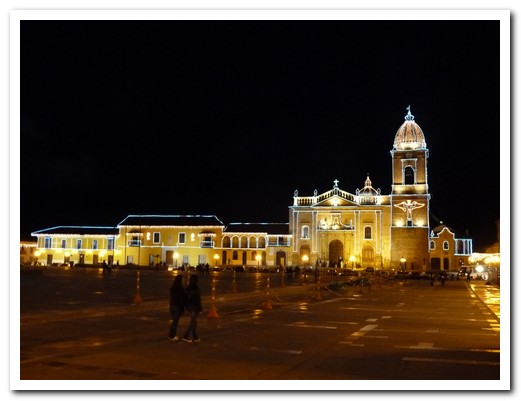
Plaza Bolivar and the Cathedral by night
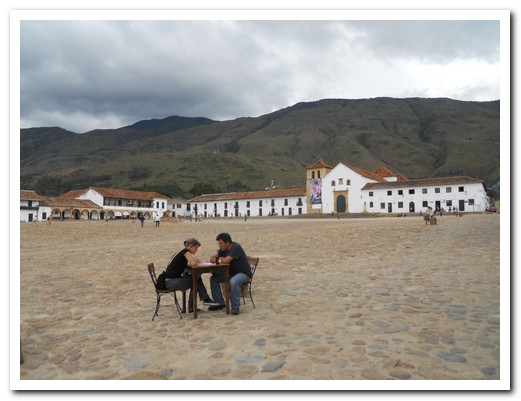
Plaza (largest in South America) at Villa de Leyva
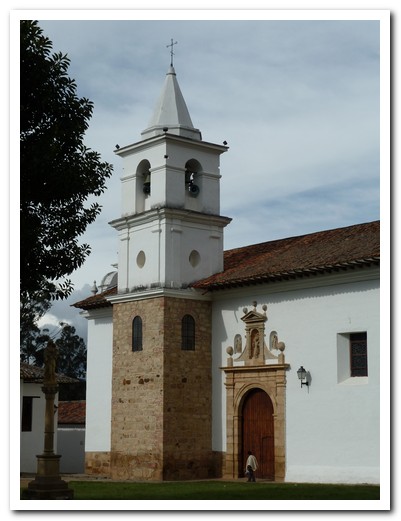
Carmelite monastery at Villa de Leyva
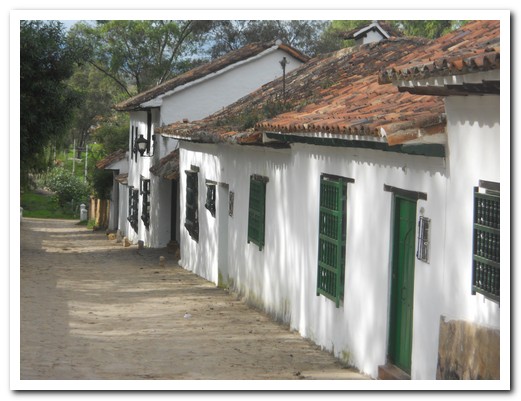
Shady street

Typical mens dress
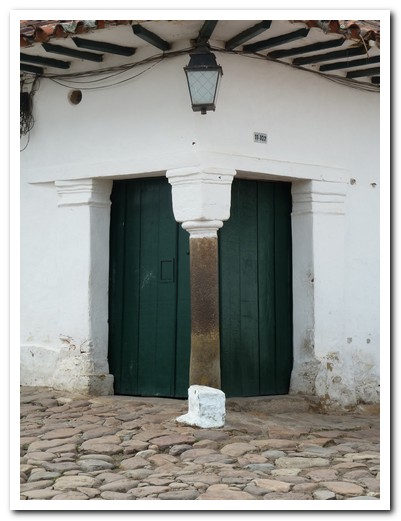
Corner of a Villa de Leyva buiding (note paving and no footpaths)
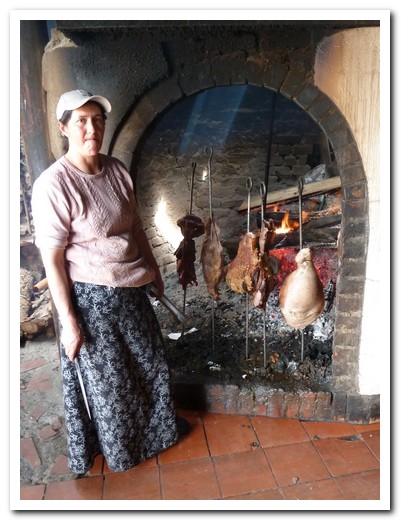
Lunch of meat grilled on an open fire
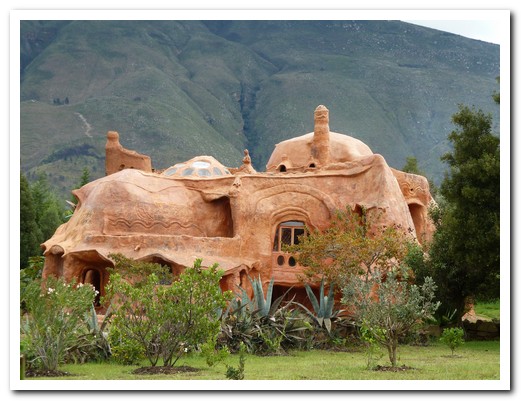
Nearby is a house made from clay, Gaudi style
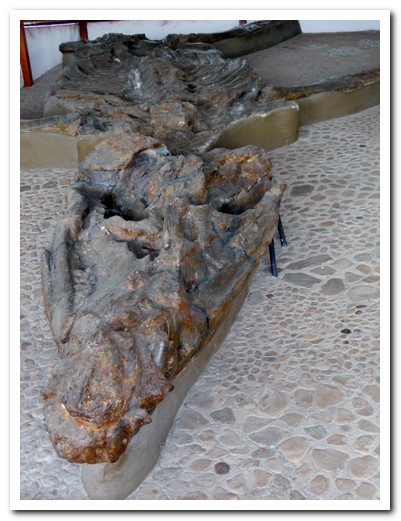
Fossil of a 7 meter Kronosaurus
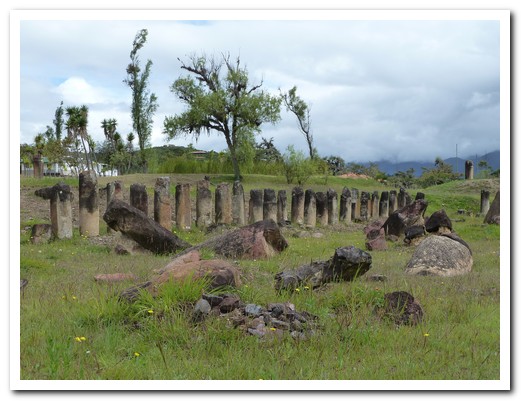
Stone monoliths arranged to follow the sun´s path
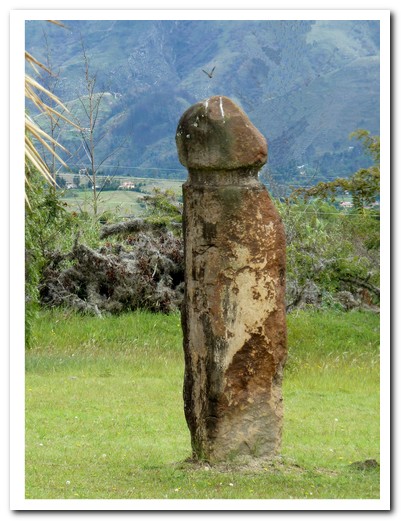
Many huge phallic monoliths are still standing
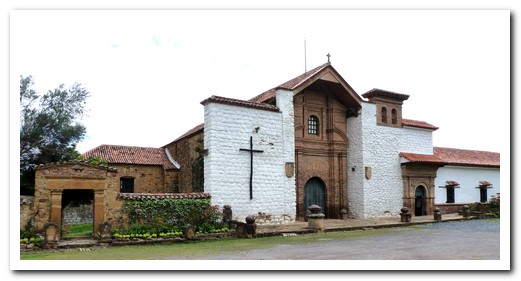
The 1620 Dominican Convento del Santo Ecce Homo
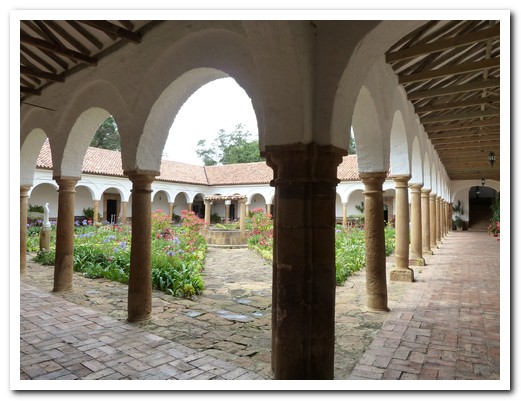
Inside the Convento